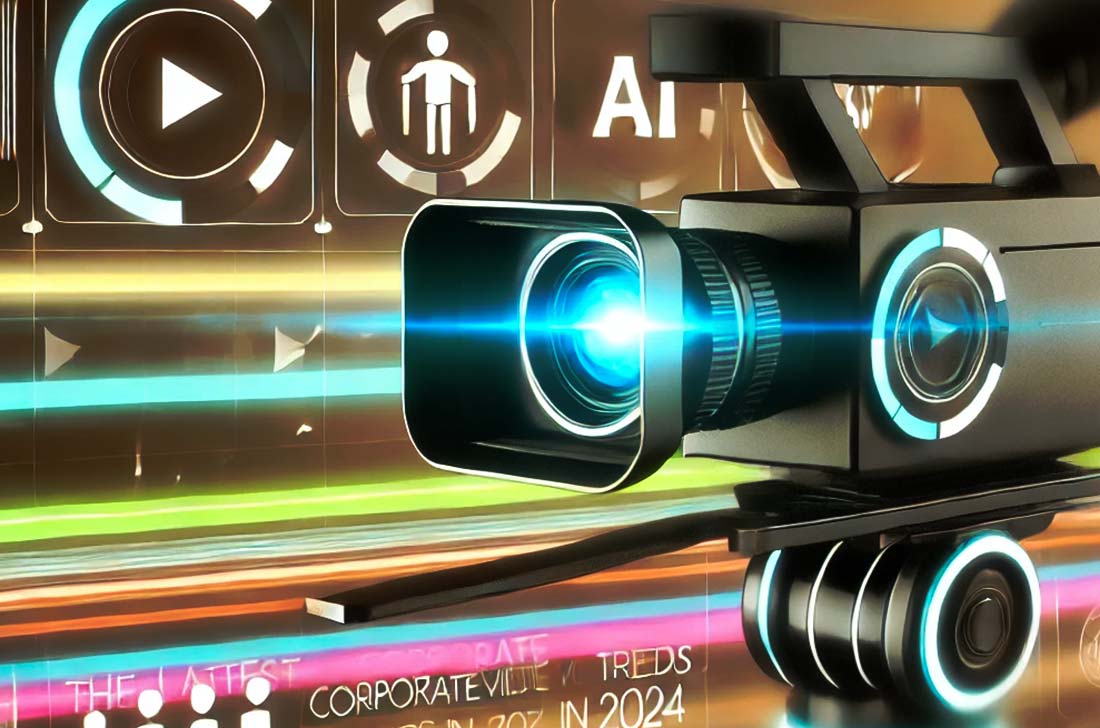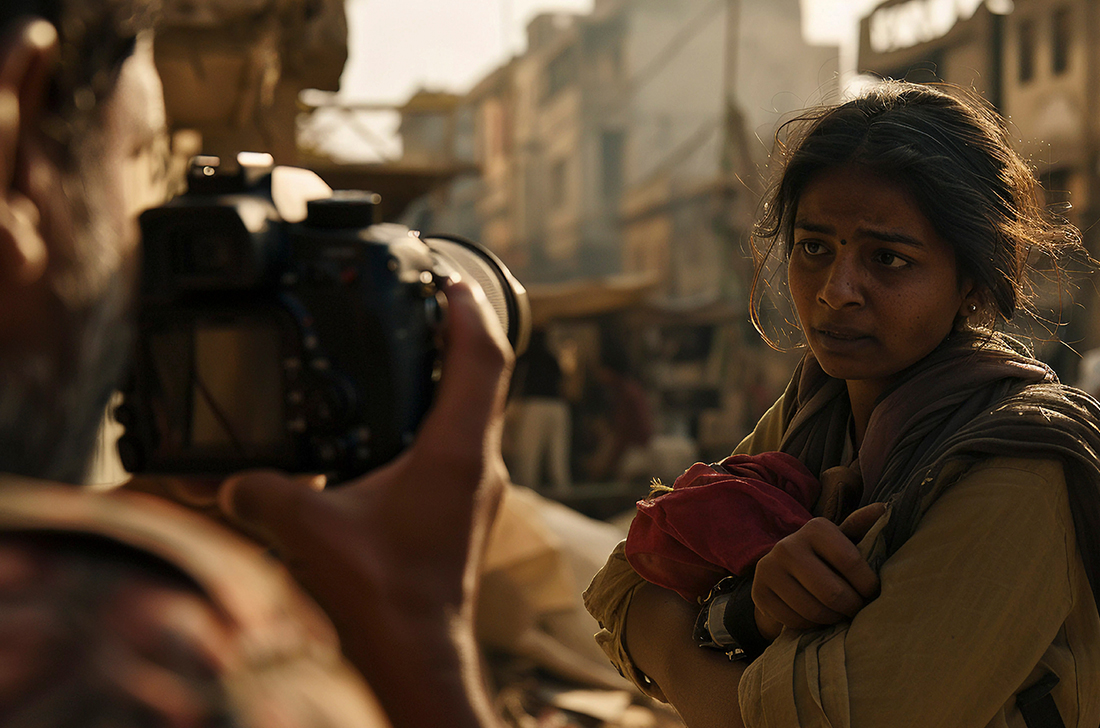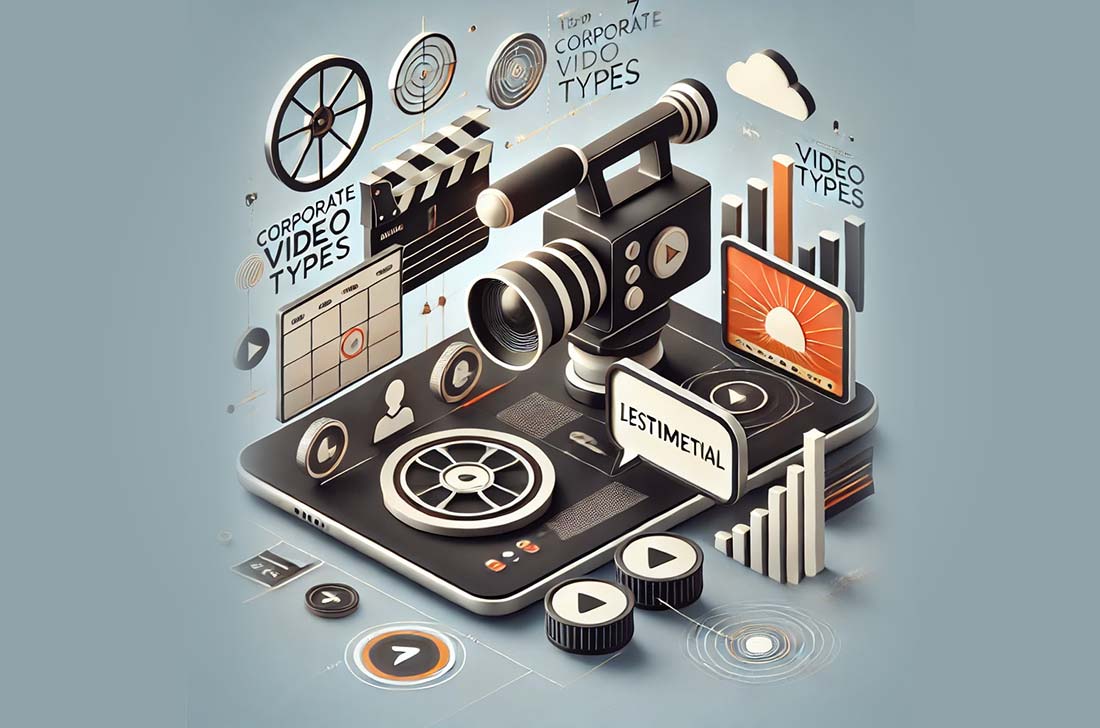
From Script to Screen: The Step-by-Step Process of Creating an Ad Film
Creating an ad film that resonates with your audience and effectively conveys your brand's message involves a well-structured process. From the initial concept to the final product, each step plays a crucial role in ensuring the success of the ad. Here’s a straightforward guide that breaks down the entire process, taking you from script to screen.
1. Concept Development and Idea Generation
Understanding the Brand’s Goals
Before diving into production, it’s essential to align the ad film’s concept with your brand’s goals. What message do you want to convey? Who is your target audience? Clearly defining these objectives will guide the creative direction and ensure the ad film meets your marketing goals.
Brainstorming Creative Ideas
Once the goals are set, it’s time to brainstorm. Gather your team and generate creative ideas that will resonate with your target audience. The key is to think outside the box while staying true to the brand’s identity. This is where you start shaping the narrative that will captivate your viewers.
Finalizing the Concept
After brainstorming, refine the ideas and finalize the concept. This step involves narrowing down the best ideas and developing a clear, concise storyline that will serve as the foundation for the script.
2. Scriptwriting and Storyboarding
Crafting the Script
With the concept in place, the next step is scriptwriting. The script is the backbone of your ad film, outlining the dialogue, pacing, and call-to-action. It’s crucial that the script is engaging, easy to follow, and aligned with the brand’s tone and message.
Storyboarding the Visuals
Storyboarding brings the script to life by mapping out the visuals. This step involves creating a visual representation of each scene, including camera angles, transitions, and key actions. A well-done storyboard ensures everyone involved in the production understands the vision.
Revising and Refining
Scripts and storyboards often undergo several revisions. This is a critical step where feedback is incorporated, and adjustments are made to ensure the final product is as polished and effective as possible.
3. Pre-Production Planning
Assembling the Production Team
Once the script and storyboard are set, it’s time to assemble the production team. This includes the director, cinematographer, producer, and other key personnel. Each team member plays a specific role in bringing the ad film to life.
Location Scouting and Casting
Choosing the right location and cast is essential for executing the script. The location should complement the story, and the actors should embody the characters envisioned in the script. This step requires careful consideration and sometimes even multiple site visits and casting calls.
Budgeting and Scheduling
Pre-production also involves setting a budget and creating a detailed schedule. This ensures that the project stays on track financially and that each phase of production is completed on time.
4. Production: Filming the Ad Film
Setting Up for the Shoot
On the day of the shoot, proper setup is crucial. This includes setting up the lighting, cameras, and sound equipment. The goal is to create a professional environment where the team can execute the storyboard as planned.
Directing the Shoot
The director oversees the shoot, guiding the actors and crew to ensure the script’s vision is realized. This includes making on-the-spot decisions, managing the crew, and ensuring that each scene is captured perfectly.
Capturing B-Roll and Supplemental Footage
B-roll footage is the extra content that can be used to enhance the final cut during editing. It provides flexibility and can add depth to the ad film. Always capture more footage than you think you’ll need—it’s better to have options in post-production.
5. Post-Production: Editing and Finalizing
Editing the Footage
Post-production is where everything comes together. The editor selects the best takes, cuts the film, and ensures that the narrative flows smoothly. This step is crucial for maintaining the pacing and ensuring that the message is clear and impactful.
Adding Special Effects and Graphics
Special effects and graphics can elevate the visual appeal of the ad film. Whether it’s animation, text overlays, or CGI, these elements should enhance the story without overshadowing the message.
Sound Design and Music Selection
Sound design, including music, voiceovers, and sound effects, sets the tone and mood of the ad film. It’s essential to choose elements that complement the visuals and reinforce the message.
Color Grading and Final Adjustments
Color grading ensures that the visuals are consistent and professional. This final touch can make a significant difference in the overall look and feel of the ad film.
6. Review, Feedback, and Revisions
Internal Review Process
Before the final cut is approved, it should go through an internal review. This involves the production team and client reviewing the film to ensure it meets all objectives.
Gathering and Incorporating Feedback
Feedback is crucial for refining the final product. Gather input from stakeholders and make necessary revisions to improve the ad film’s effectiveness.
7. Distribution and Promotion
Choosing the Right Platforms
Once the ad film is complete, it’s time to distribute it. Choose the platforms that best align with your target audience, whether it’s TV, online, or social media.
Optimizing for Different Formats
Ensure the ad film is optimized for various formats and screen sizes to maximize reach and engagement across all platforms.
Launching and Promoting the Ad Film
A successful launch involves more than just uploading the video. Promote the ad film through various channels to ensure it reaches the widest possible audience.
8. Measuring Success and Analyzing Performance
Key Metrics to Track
After launch, track key metrics such as views, engagement, and ROI to evaluate the ad film’s success.
Analyzing Viewer Feedback
Viewer feedback provides valuable insights into how the ad film was received and can inform future projects.
Leveraging Insights for Future Projects
Use the data and feedback from this project to improve future ad films, ensuring continuous growth and success.
Conclusion
Creating an ad film from script to screen is a detailed process that requires careful planning, creativity, and execution. By following these steps, you can produce a high-quality ad film that effectively communicates your brand’s message and resonates with your audience. Ready to start your next ad film project? Let’s bring your vision to life.




